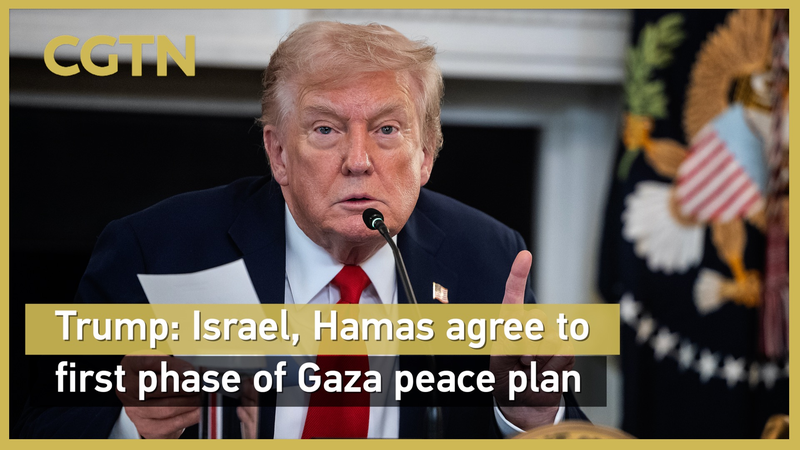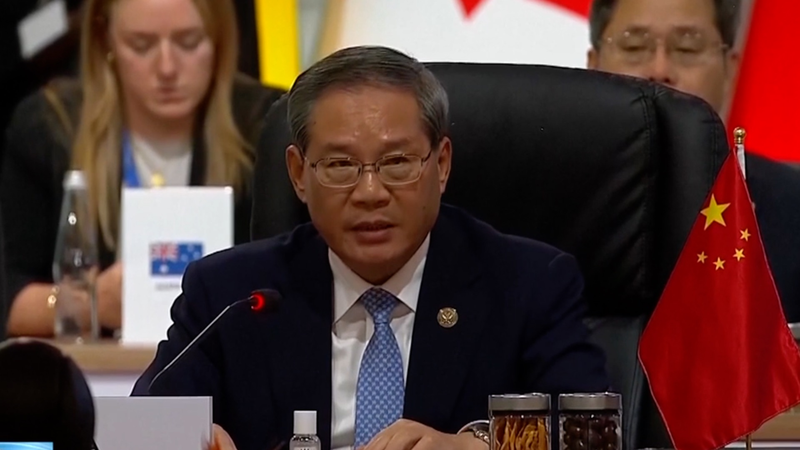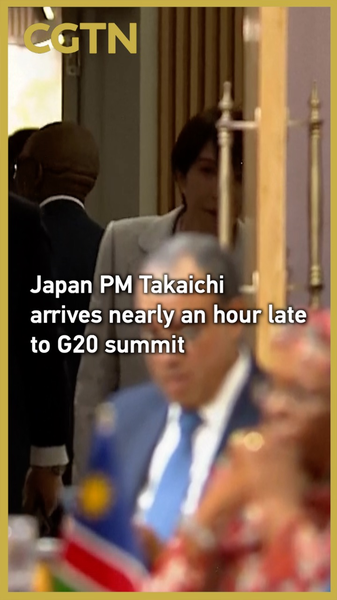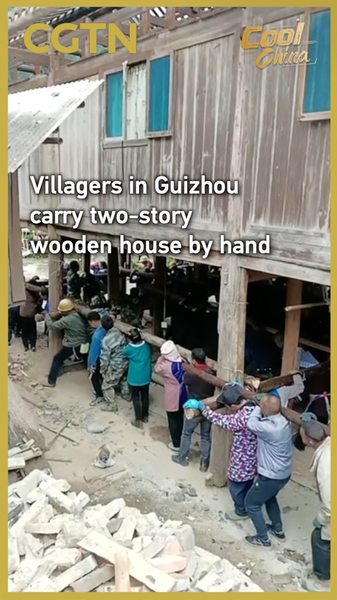Former U.S. President Donald Trump announced that Israel and Hamas have agreed to the first phase of a Gaza peace plan, marking a significant moment in one of the world’s most enduring conflicts.
CGTN correspondent Toni Waterman, reporting from Washington, D.C., explains how negotiators built agreements on a ceasefire, hostage-prisoner exchange, a humanitarian corridor for aid and the withdrawal of Israeli forces from key zones in Gaza.
The first phase lays out four core components:
- Immediate ceasefire
- Hostage-prisoner swap
- Humanitarian aid entry into Gaza
- Withdrawal of Israeli forces from designated areas
On Thursday, Israeli Prime Minister Netanyahu will convene his cabinet for a final vote to green-light the deal. For Hamas, too, internal approvals follow in coming days, potentially shaping the path to a broader truce.
Data tell part of the story: a recent Brown University study shows over $21 billion in U.S. military aid to Israel since hostilities began. The report underscores the deep U.S. role in the negotiations, from back-channel discussions to high-stakes diplomacy.
Trump’s ties with Netanyahu have shaped the backdrop of these talks—from policy alignments on security to personal camaraderie on the world stage. As both sides prepare for the next phase, observers say the partnership between Washington and Jerusalem will remain under a global spotlight.
What’s next? The plan’s success hinges on swift implementation. Aid convoys must roll in, and hostages need safe release. For a generation of young global citizens, business innovators and human rights advocates, this pause offers a real test of whether data-driven diplomacy can bring lasting change in a region long defined by division.
Stay tuned as the world watches whether the first-phase deal can be a springboard to a more durable peace—and what role tech, startups and civil society might play in rebuilding Gaza’s future once the guns fall silent.
Reference(s):
Trump: Israel, Hamas agree to first phase of Gaza peace plan
cgtn.com




